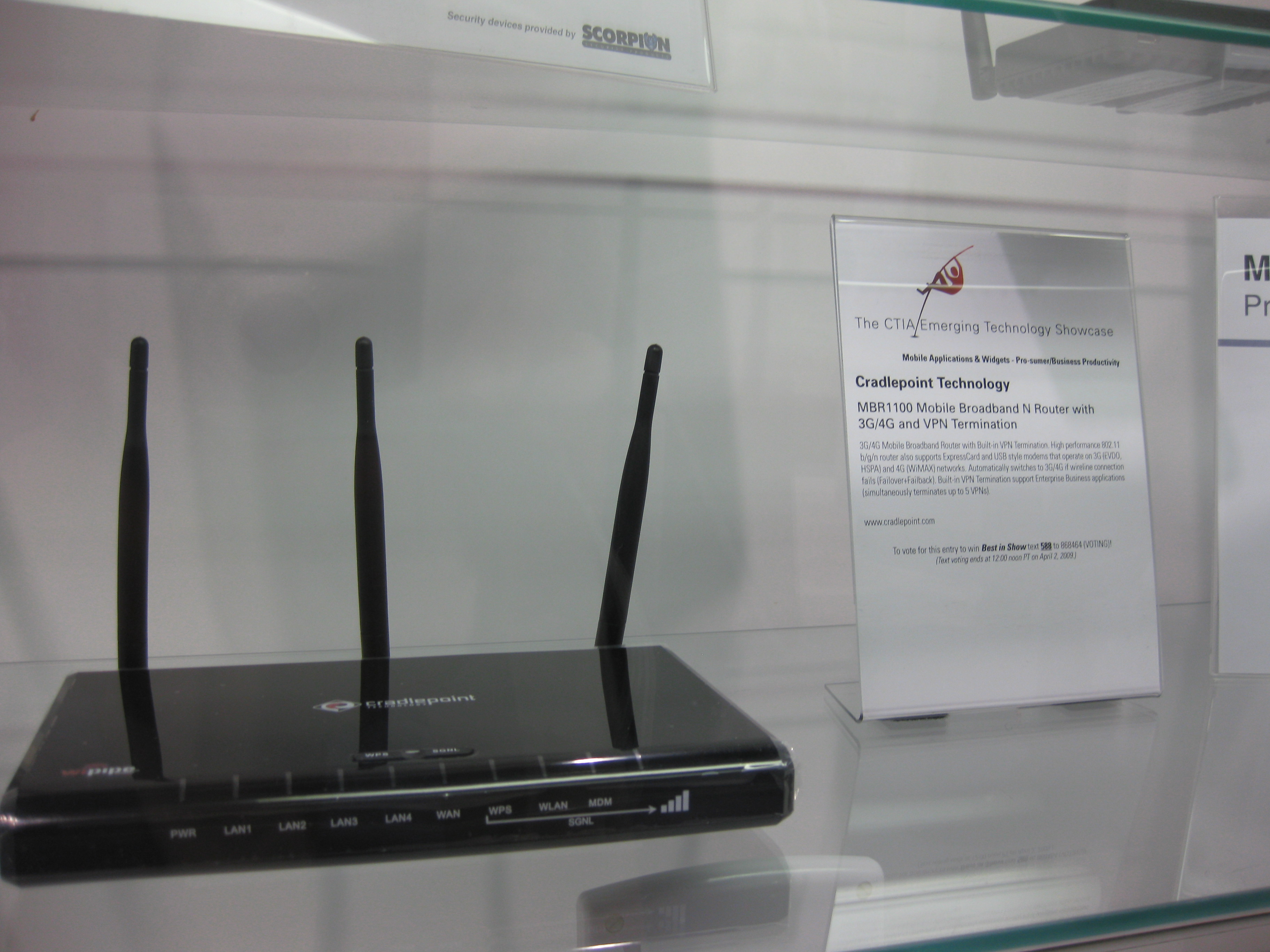What is WiFi?

Published on March 23, 2024
In the contemporary digital era, WiFi has emerged as a fundamental technology that underpins our daily lives. It enables wireless connectivity to the internet, facilitating a plethora of activities ranging from academic research to entertainment, without the constraints of physical cables. This article delves into the essence of WiFi, exploring its definition, operational mechanisms, and key components. By offering a comprehensive overview, we aim to demystify the technology for a broad audience, emphasizing its importance in modern communication infrastructures.
Here are the facts:
- WiFi, short for Wireless Fidelity, involves wireless networking technologies that allow devices to exchange data or connect to the internet using radio waves. It's based on the IEEE 802.11 family of standards, which define protocols for wireless local area networks (WLANs).
- The primary components include a WiFi router, which connects to an internet service provider (ISP) and broadcasts data via radio waves, and WiFi-enabled devices, such as smartphones and laptops, that can connect to the router wirelessly.
- WiFi operates mainly over two frequency bands: 2.4 GHz and 5 GHz. The 2.4 GHz band offers wider coverage but is more prone to interference, while the 5 GHz band provides faster data rates and reduced interference but has a shorter range.
- Several versions of the IEEE 802.11 standards exist, such as 802.11a/b/g/n/ac/ax, each improving on speed, range, and efficiency.
- WiFi devices communicate via packet switching, where data is divided into small packets, transmitted over radio waves, and then reassembled into the original data by the receiving device.
- WiFi uses security protocols like WEP, WPA, WPA2, and WPA3 to encrypt data and protect the network against unauthorized access and eavesdropping.
Understanding WiFi

WiFi, short for Wireless Fidelity, refers to a set of wireless networking technologies that allow electronic devices to exchange data or connect to the internet using radio waves. It is based on the IEEE 802.11 family of standards, which define the protocols for implementing wireless local area networks (WLANs). WiFi has become ubiquitous in homes, workplaces, and public spaces, offering convenient and flexible access to digital resources and services.
The Mechanics of WiFi
WiFi operates by transmitting data over radio waves, a process that involves several critical components: a WiFi router, WiFi-enabled devices (such as smartphones, laptops, and smart home gadgets), and a connection to an internet service provider (ISP).
WiFi Router
The WiFi router serves as the central hub in a wireless network. It connects to the ISP's network via a broadband modem and converts digital signals from the ISP into radio waves. These waves are then broadcasted to nearby WiFi-enabled devices, establishing a wireless connection.
Frequency Bands
WiFi communication primarily occurs over two frequency bands: 2.4 GHz and 5 GHz. The 2.4 GHz band offers wider coverage and better penetration through walls and other structures, but it is more susceptible to interference from other devices. Conversely, the 5 GHz band provides faster data rates and is less prone to interference, albeit with a shorter range.
WiFi Standards
The IEEE 802.11 standards define various aspects of WiFi technology, including speed, frequency, and range. Key standards include:
- 802.11a/b/g/n/ac/ax: Each version improves upon the last in terms of data transmission speeds, range, and efficiency. For example, 802.11ax (also known as WiFi 6) enhances speed, reduces latency, and supports a higher density of connected devices compared to its predecessors.
How WiFi Devices Communicate
WiFi devices communicate using a method called packet switching. Data is divided into small packets, which are then transmitted over radio waves. Each packet contains the destination address, allowing the WiFi router to direct it to the appropriate device. Upon receiving the packets, the device reassembles them into the original data.
Security Protocols
To ensure secure communication over wireless networks, WiFi employs several security protocols, including WEP, WPA, and WPA2, with WPA3 being the latest standard. These protocols encrypt data transmitted over the network, safeguarding it against unauthorized access and eavesdropping.
The Role of WiFi in Modern Communication
WiFi has revolutionized the way we access and share information, offering unparalleled convenience and mobility. It supports a wide range of applications, from streaming high-definition videos to managing smart home devices and facilitating real-time communication across the globe. Furthermore, WiFi technology continues to evolve, with advancements focusing on increasing speeds, improving security, and enhancing connectivity in high-density environments.
The Takeaway
WiFi stands as a cornerstone of modern digital communication, providing a wireless bridge to the vast expanse of the internet. By understanding the principles of how WiFi works, individuals can better appreciate the technology's role in enabling the seamless flow of information that powers our connected world. As we look to the future, the ongoing development of WiFi technology promises to further transform our digital landscape, opening new avenues for innovation and connectivity.
Category: Technology